Ras Hanout Spice: A Spicy Journey Through Global Flavor Traditions
Are you ready to spice up your kitchen and ignite your taste buds? If so, let’s dive into the fascinating world of Ras Hanout spice, a mysterious blend that has been tantalizing palates for centuries across North Africa and the Middle East. Whether you’re a seasoned chef or a weekend warrior in the kitchen, this article will take you on a flavorful adventure filled with tips, tricks, and intriguing history.
Table of Contents
- What is Ras Hanout?
- Breaking Down the Blend: What’s Inside Ras Hanout?
- From Morocco to Your Kitchen: How It's Used Around the World
- Pro Tips for Using Ras Hanout Like a Pro
- DIY Time: Make Your Own Ras Hanout Mix
- Spice Up Your Health: The Benefits Behind the Blend
- Ras Hanout vs. Other Popular Spice Blends: A Comparison Table
- Fun Facts & Flavorful Stories About Ras Hanout
- Conclusion: Why Ras Hanout Deserves a Spot in Your Spice Rack
What is Ras Hanout?
Ras Hanout (also spelled Ras el Hanout) literally translates to “top of the shop” in Arabic — a name that suggests it’s the crème de la crème of spice blends. Traditionally, it was made from the finest spices a merchant had available, often including rare or exotic ingredients. Today, Ras Hanout varies widely depending on the region, family recipe, or even the spice vendor’s personal flair.
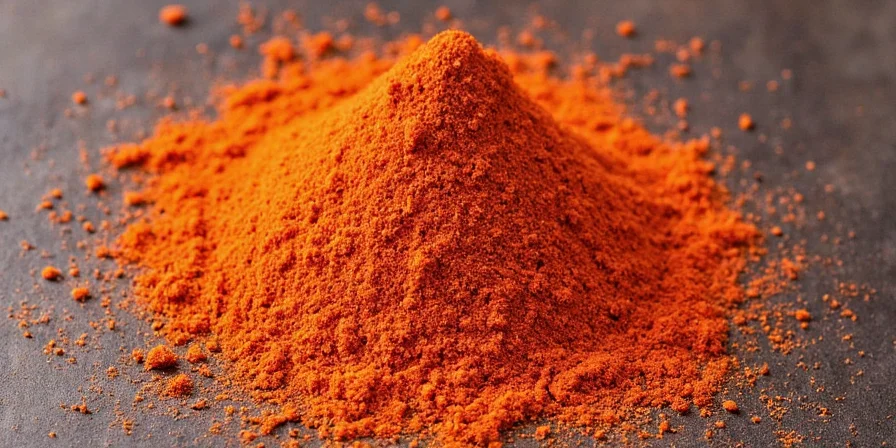
It’s most commonly associated with Moroccan cuisine but has roots in Algerian and Tunisian cooking as well. Used in tagines, stews, couscous dishes, and even grilled meats, this versatile blend can transform the simplest dish into something truly extraordinary.
Breaking Down the Blend: What’s Inside Ras Hanout?
The beauty of Ras Hanout lies in its complexity and variation. While no two blends are exactly alike, here’s a breakdown of common ingredients you might find:
- Cumin – Earthy and aromatic
- Coriander – Citrusy and warm
- Paprika – Adds color and mild heat
- Turmeric – Earthy flavor and vibrant yellow hue
- Nutmeg – Sweet and woody
- Allspice – Clove-like warmth
- Cinnamon – Sweet and fragrant
- Cardamom – Floral and citrusy
- Fennel Seed – Licorice-like flavor
- Black Pepper – Sharp bite
- Ginger – Zesty kick
- Star Anise – Sweet licorice note
- Cayenne Pepper – Optional heat
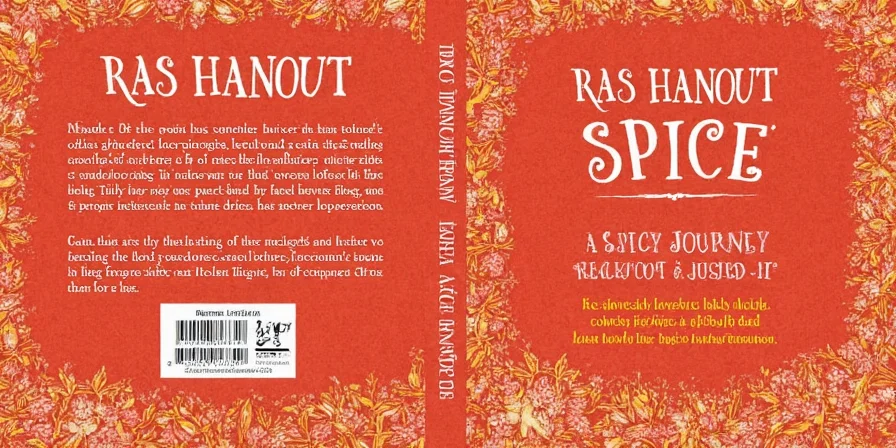
Some artisanal versions may include over 30 different spices! Talk about an all-star lineup!
From Morocco to Your Kitchen: How It's Used Around the World
While Ras Hanout is traditionally used in slow-cooked dishes like lamb tagine or chickpea stew, chefs around the world have found creative ways to incorporate it into their cooking:
- Moroccan Tagines – Often rubbed into meat or sprinkled into vegetable-based dishes.
- Grilled Meats – Rubbed onto chicken, lamb, or beef before grilling for a deep flavor profile.
- Vegetable Dishes – Great in roasted carrots, eggplant, or cauliflower.
- Rice & Grains – Elevates pilafs, couscous, or quinoa.
- Modern Fusion – Some daring chefs add it to burgers, popcorn, or even Bloody Marys!
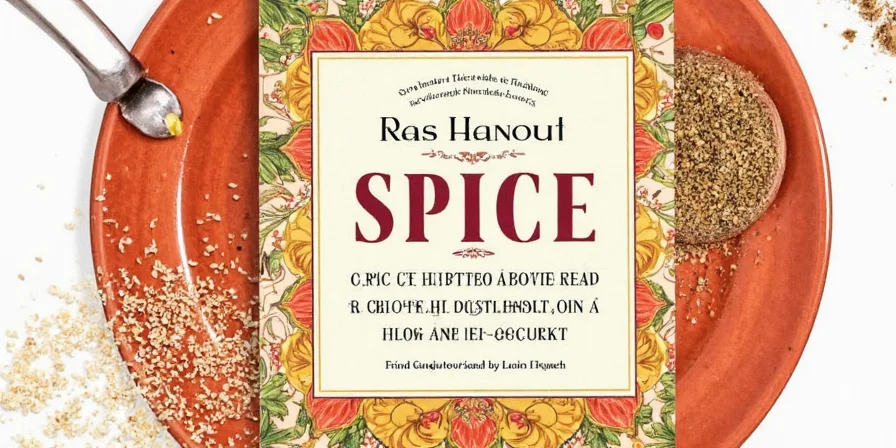
Pro Tips for Using Ras Hanout Like a Pro
If you're new to Ras Hanout, here are some pro tips to get the most out of this powerful spice blend:
- Bloom It First – Heat a small amount in oil to release the full aroma and depth of flavor.
- Don’t Overdo It – Ras Hanout is strong. Start with a small amount and adjust to taste.
- Pair It With Complementary Flavors – Works well with citrus, honey, yogurt, and olives.
- Use It in Marinades – Combine with olive oil, garlic, lemon juice, and herbs for a killer marinade.
- Store Properly – Keep in an airtight container away from light and heat to preserve freshness.
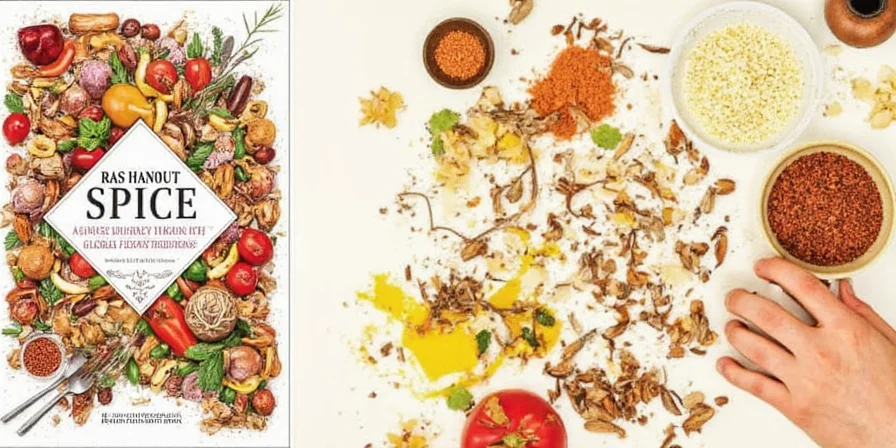
DIY Time: Make Your Own Ras Hanout Mix
Ready to get hands-on? Here’s a basic homemade Ras Hanout recipe you can tweak based on your preferences:
Basic Ras Hanout Recipe
- 2 tbsp ground cumin
- 1.5 tbsp coriander powder
- 1 tbsp paprika
- 1 tsp turmeric
- ½ tsp cinnamon
- ½ tsp cardamom
- ¼ tsp nutmeg
- ¼ tsp allspice
- ¼ tsp fennel seed (ground)
- ⅛ tsp black pepper
- Optional: Pinch of cayenne for heat
Mix all ingredients thoroughly and store in an airtight jar. Makes about ¼ cup.
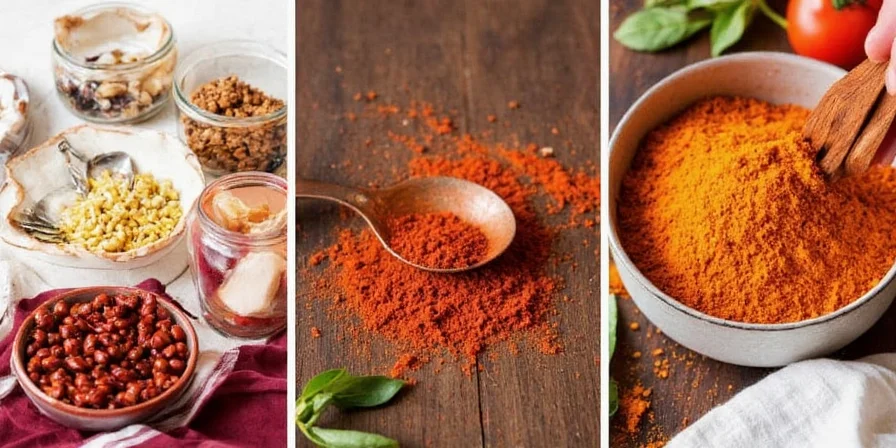
Spice Up Your Health: The Benefits Behind the Blend
Beyond flavor, Ras Hanout brings some serious health benefits thanks to its powerhouse ingredients:
- Anti-inflammatory Properties – Turmeric and ginger help fight inflammation.
- Improved Digestion – Cumin, fennel, and cardamom support healthy digestion.
- Antioxidant Boost – Many spices are rich in antioxidants that protect cells from damage.
- Blood Sugar Regulation – Cinnamon may help regulate blood sugar levels.
- Heart Health – Coriander and other spices may support cardiovascular wellness.
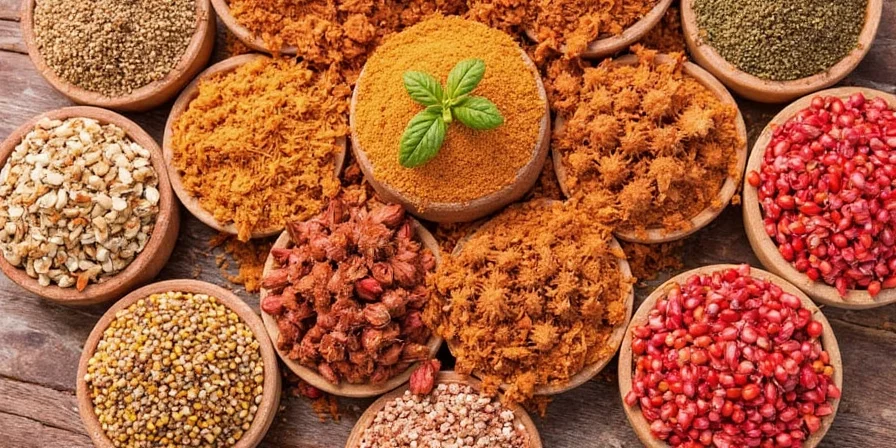
Ras Hanout vs. Other Popular Spice Blends: A Comparison Table
| Spice Blend | Origin | Flavor Profile | Key Ingredients | Best Uses |
|---|---|---|---|---|
| Ras Hanout | Morocco/North Africa | Earthy, floral, sweet-spicy | Cumin, coriander, cinnamon, cardamom, turmeric, nutmeg | Tagines, stews, roasted veggies, meats |
| Garam Masala | India | Warm, aromatic | Cumin, coriander, cardamom, cloves, cinnamon | Dal, curries, roasted meats |
| Za’atar | Middle East | Herby, tangy, nutty | Thyme, sumac, sesame seeds | Bread dips, salads, roasted vegetables |
| Chili Powder | Mexico | Spicy, earthy | Chili peppers, cumin, garlic, oregano | Tacos, chili, grilled meats |
| Five-Spice Powder | China | Sweet-spicy, complex | Star anise, cloves, cinnamon, Sichuan pepper, fennel | Roast duck, pork, stir-fries |
Fun Facts & Flavorful Stories About Ras Hanout
Let’s end with some trivia to impress your friends next time you whip out your Ras Hanout:
- Some Moroccan spice vendors guard their Ras Hanout recipes more closely than family secrets!
- In the past, a true Ras Hanout could contain over 100 spices — talk about commitment!
- Historically, Ras Hanout was sometimes used in love potions due to its aphrodisiac qualities (thanks, spices!).
- There’s even a version that includes dried rose petals — poetic, isn’t it?
- Because it’s so diverse, you’ll rarely find two identical mixes — making every batch uniquely yours.
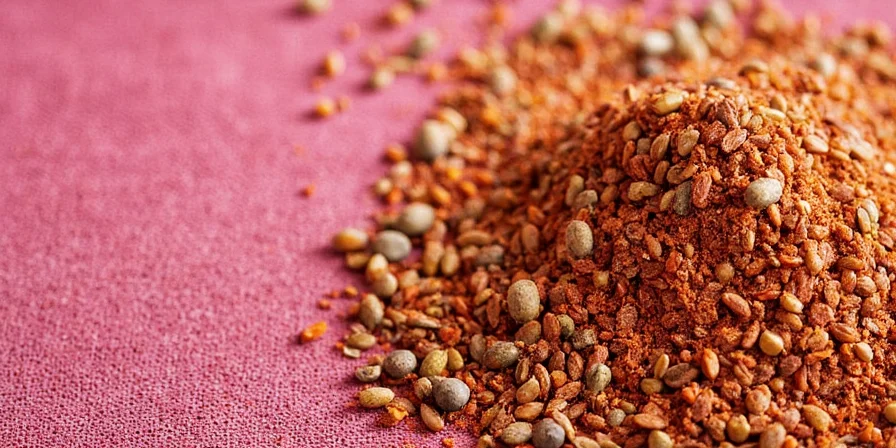
Conclusion: Why Ras Hanout Deserves a Spot in Your Spice Rack
Ras Hanout isn’t just a spice blend — it’s a passport to a world of flavor, history, and culinary creativity. From ancient markets to modern kitchens, this magical mix has stood the test of time and continues to inspire chefs and home cooks alike.
Whether you buy it pre-made or create your own signature blend, Ras Hanout is a must-have in any global pantry. So go ahead — dust off that mortar and pestle, grab your favorite ingredients, and start blending. Who knows, maybe your version of Ras Hanout will be passed down through generations as a cherished family secret!
Happy spicing! 🌶️🌍

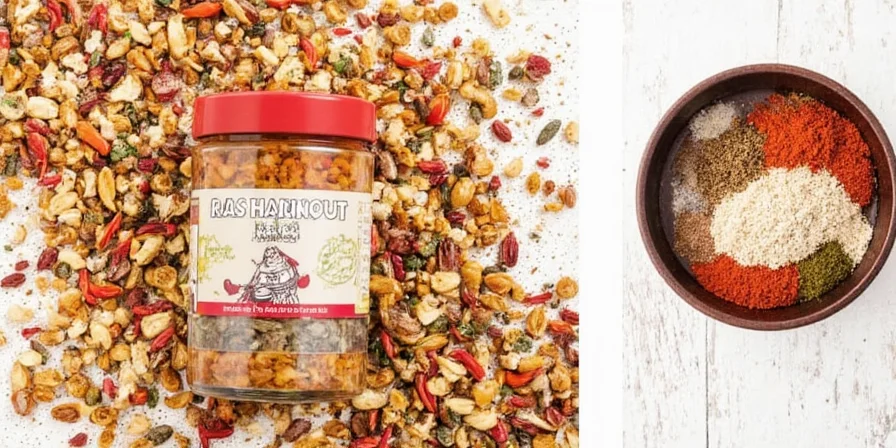









 浙公网安备
33010002000092号
浙公网安备
33010002000092号 浙B2-20120091-4
浙B2-20120091-4